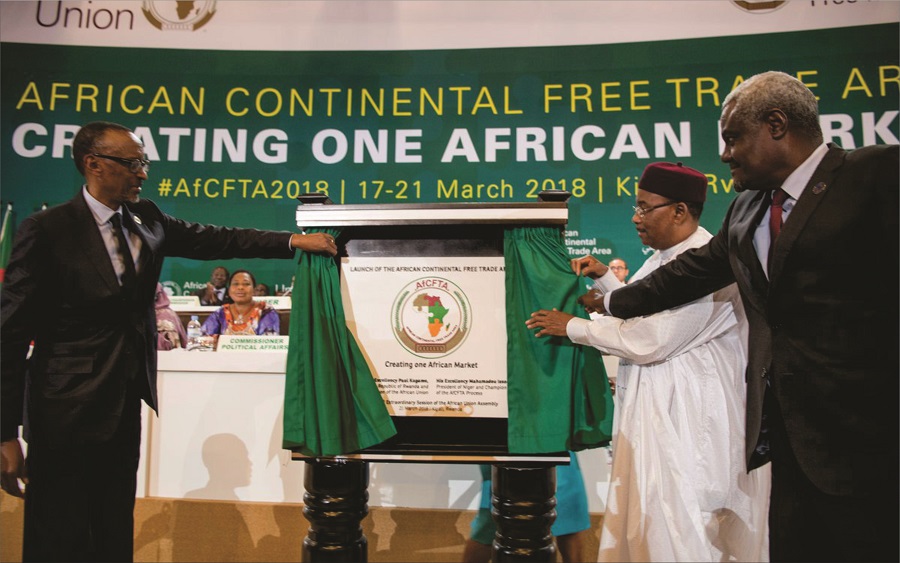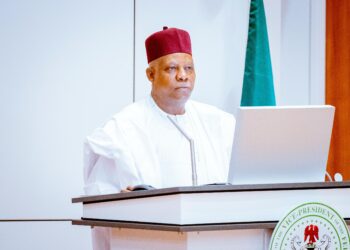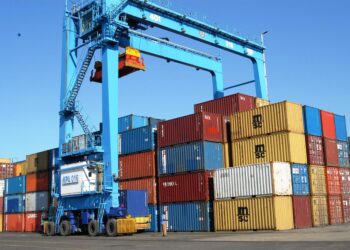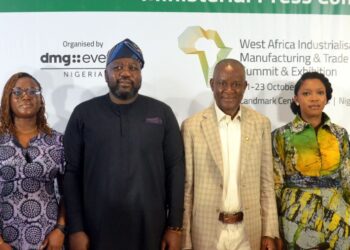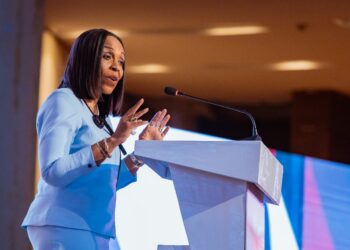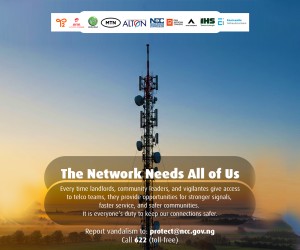On the 1st of January 2021, continental trade between African countries took a very significant leap with the official commencement of the African Continental Free Trade Area Agreement (AfCFTA). An initiative that had been in the pipeline since 2012, the efforts towards making it a reality spanned five years of negotiations and other logistics planning.
The African Continental Free Trade Area (AfCFTA) was finally formed on March 21, 2018, after 44 African countries signed the pact at an AU extraordinary summit in Kigali, Rwanda. Shortly after, 10 more countries, including Nigeria, added their signatures, and the operational phase of the AfCFTA was marked to kick off by mid-2020. However, the covid-19 pandemic threw a cog in these projections, leading to a delay in starting operations until 1 January 2021, when the AfCFTA officially kicked off.
AfCFTA: A need for Africa, not a want
According to the UN Conference on Trade and Development – UNCTAD’s Economic Development in Africa Report 2021, the total untapped export potential of intra-African trade is around $21.9 billion, equivalent to 43 per cent of intra-African exports (yearly average for 2015–2019), with an additional $9.2 billion projected through partial tariff liberalization under the AfCFTA over the next five years. This statistic highlights the ultra-low level of intra-African trade when compared with that of countries in other continents, and in particular reflects Africa’s unenviable position as an exporter of raw materials to the rest of the world.
On an individual level, African countries have not been able to scale up their economic activities due to a variety of reasons, hence the need for a deeply integrated and outwardly united front from which to achieve the cohesion needed to boost the scale of economic activity in Africa and in turn foster development. This considered, the AfCFTA on inception was aimed at creating the world’s largest free trade area; one that integrates 1.3 billion people across 54 countries, with the objective of tapping into a combined GDP of over $3 trillion.
AfCFTA so far: Plenty optimism, little action
One year after the launch of the AfCFTA, there is the feeling that the initiative has been one large question mark so far, as trade restrictions between African countries still abound. While there has been much speculation about the level of the effects of the pandemic on the AfCFTA’s integration goals, the lethargic reactions of African leaders towards opening up their borders and liberalizing trade leaves much to be desired. Broadly, there have been three major bottlenecks working against the success of the AfCFTA since its inauguration:
- Unwillingness to ratify all the articles of the agreement and the never-ending negotiations on the rules of origin, which is the intersection between trade and possible trade policy. Many African countries are still holding out on ratifying some of the phases of the AfCFTA. These countries, who make most of their revenue from exports to non-African countries, are not convinced of the benefits that the AfCFTA can add to their economy.
- Lack of information about the AfCFTA and the ways to take advantage of it by African businesses. With many countries favouring protectionist policies in their African trade outlook, there has been a dearth of information about the AfCFTA and how it can help African trade. For example, a survey of Nigerian businesses conducted by the Centre for the Study of the Economies of Africa (CSEA) shows that over 60 percent of Nigeria’s businesses are still unaware of the recently signed AfCFTA agreement and the promises it holds for their business Even with potential benefits for firms, there are information costs reflected in different levels of awareness. Firms that don’t know AfCFTA exists are unable to take advantage of the tariff arrangements or even benefit from the policy. Until businesses are aware, the costs of trading under AfCFTA will remain high.
- A chronic lack of customs infrastructure and policy to be able to complement the AfCFTA’s customs and tariff obligations (only three countries in the AfCFTA so far have the infrastructural and systemic customs capabilities on par with AfCFTA benchmarks), as well as a lack of capacity in the AfCFTA’s Secretariat to push the integration agenda, given its launch in the middle of the pandemic.
Therefore, despite the AfCFTA’s projection of negotiations for all three phases of ratifying the AfCFTA (trade in goods and services, intellectual property rights, investment and competition policy, and e-commerce) being finalized by the end of 2021, there are still many loopholes in negotiations that have so far not been finalized among member countries. This has thrown a significant cog in the chances of the AfCFTA’s success in 2021 as there is still a feeling of uncertainty concerning where countries stand on the agreement— an uncertainty that has affected AfCFTA trading proper.
Taking the initiative: Private sector involvement in AfCFTA
While member states have dilly-dallied concerning embracing the AfCFTA and its trade freedoms, some private sector players have applied themselves to integrating African trade with gusto. With startups such as Sidebrief – managing company formation and compliance across Africa’s 54 countries and Norebase – creating a single digital infrastructure for every business to start, scale and operate in every African country efficiently – being established in 2021 as a direct answer to questions of scale and presence posed by AfCFTA, more traditional companies have not been left out in seeking to harness the opportunities served up by AfCFTA across Africa.
For example, in July 2021, two of Africa’s major logistics companies, Ethiopian Airlines Group and A-E Trade Group, signed a MoU to establish the East African smart logistics and fulfilment hub, committed to the establishment of a business relationship to provide end-to-end logistics solutions across Africa. Also, some AfCFTA-focused organisations like the AfCFTA Young Entrepreneurs Foundation (AfYEF) – have been formed. This and many other intra-African private partnerships and agreements show that the private sector has been more enthusiastic about the AfCFTA than African governments so far.
2022: The way forward
Speaking at a webinar organized to mark the launch of the PAFTRAC CEO Trade Survey Report: Assessing the impact of the AfCFTA on African Trade, Talkmore Chidede, Investment expert at the AfCFTA Secretariat said:
“Our main priority is to make sure that significant trade starts to happen across the continent under the AfCFTA regime. For trade to happen we have fundamental issues that we have to finalise. In terms of negotiations we have rules of origin, tariff schedules, trade in services commitments and non-tariff barriers.”
This sums up the major stumbling block to the AfCFTA’s success in Africa. In one way or the other, Africans have always traded with each other, even with the presence of trade barriers like currency, movement and language.
Therefore, if African governments can get over their individual reservations and collectively provide all the policy-related cooperation needed by AfCFTA, then that is the tinderbox needed for the economic integration promised by the AfCFTA become a reality, and in turn better the economic lot of over 1.3 billion Africans.
Nwike Nweke, Writer, Analyst
nwikenweke@yahoo.com

